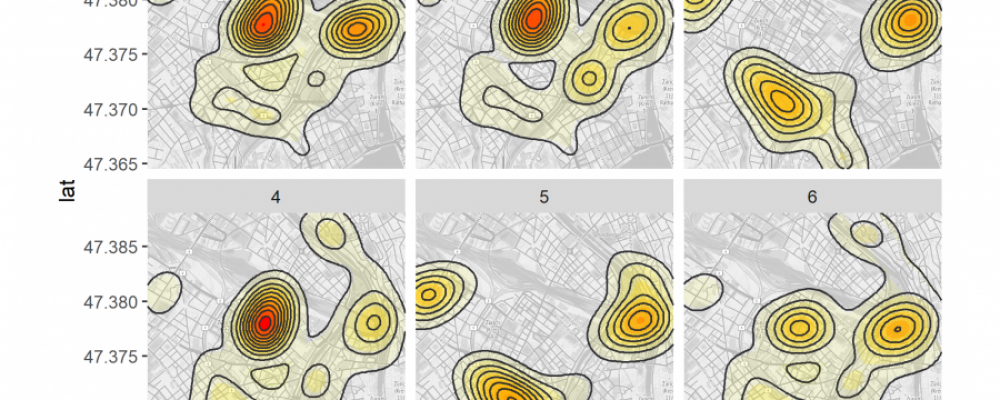New predictive traffic tools co-developed at NYU Abu Dhabi (NYUAD) may allow traffic engineers to identify traffic patterns early in the day by monitoring the traffic performance of a few roads, and as a result, will be able to develop better traffic management schemes tailored for specific traffic conditions that will be observed on any given day.
In a new study titled Disentangling the city traffic rhythms: A longitudinal analysis of MFD patterns over a year, NYUAD Associate Professor of Civil and Urban Engineering and Director of the CITIES Research Center Monica Menendez —along with co-authors Lukas Ambühl and Allister Loder of Institute for Transport Planning and Systems, ETH Zurich; and LudovicLeclercq, of Universite Gustave Eiffel, Universite de Lyon — explain how they used one year of high-resolution traffic data for Zurich and Lucerne, Switzerland to demonstrate that any daily traffic pattern observed during that year falls within a few representative patterns. The findings, although based on two specific cities, are expected to be representative of human behavior across many other cities worldwide. Using those insights, they argue they can provide a prediction methodology to detect very early in the morning the expected traffic pattern for the rest of the day. These new findings were published in the journal Transportation Research Part C: Emerging Technologies.
To develop this new tool, the researchers introduced a methodology using concepts of the macroscopic fundamental diagram (MFD), which provides an efficient description of network-wide traffic performance, and a dynamic time warping (DTW) based algorithm for time series. This allowed them to derive a few representative MFD clusters that capture the essential macroscopic traffic patterns. They then provided an in-depth analysis of traffic heterogeneity in the network which is indicative of the previously found clusters. Thereupon, they defined a parsimonious classification approach to predict the expected MFD clusters early in the morning with high accuracy.
“Through this study, we have confirmed the regularity of human mobility from a macroscopic traffic perspective,” said Menendez. “Moreover, we developed new predictive tools to identify traffic patterns very early in the day by just monitoring a few roads. This is crucial as we aim to develop better traffic management schemes tailored to the specific traffic conditions that will be observed on any given day.”





